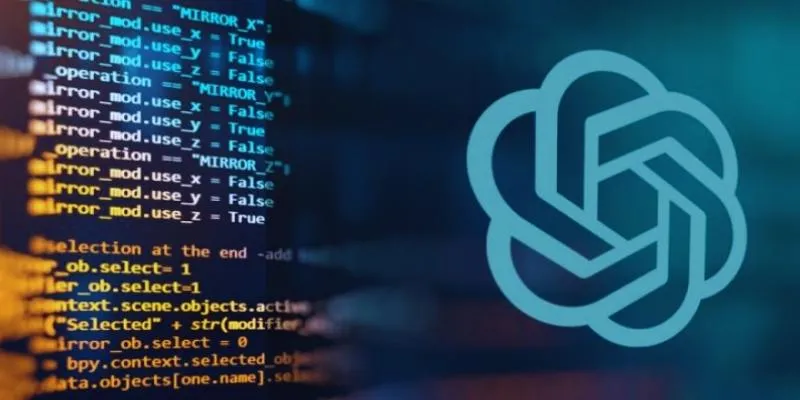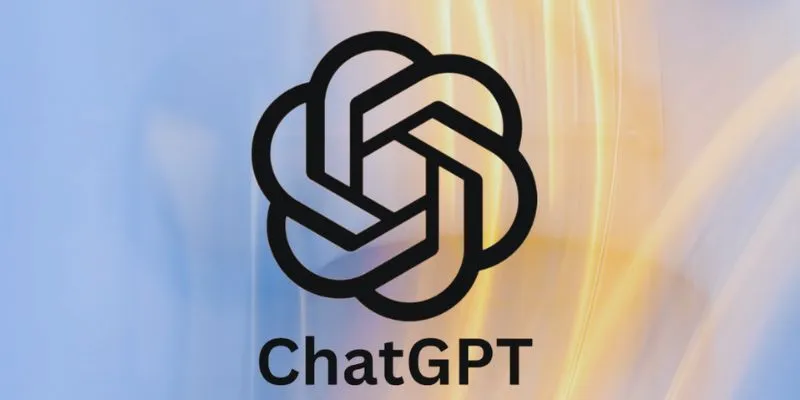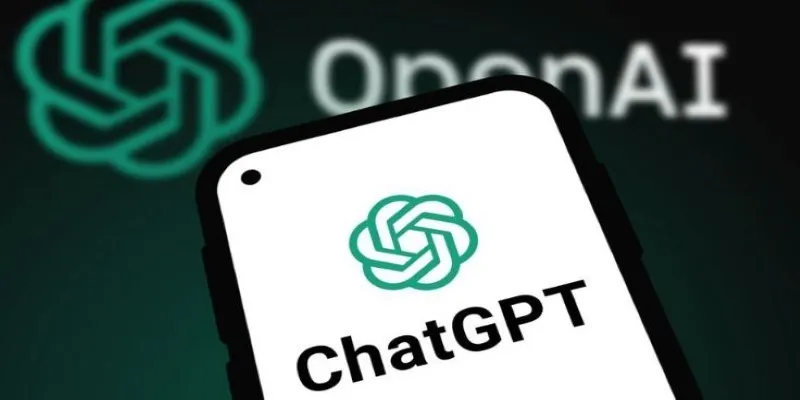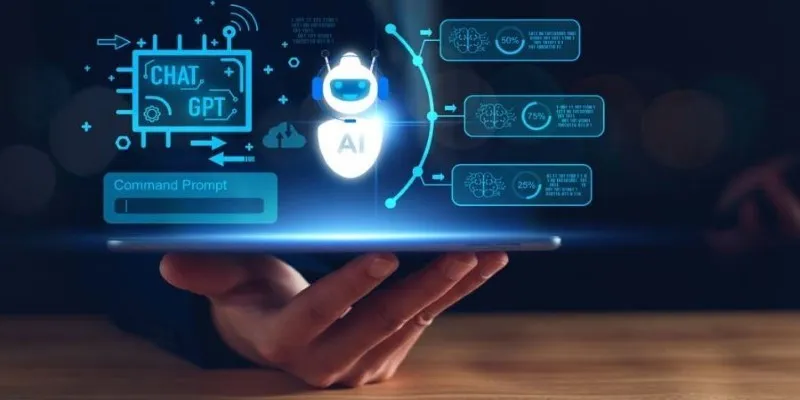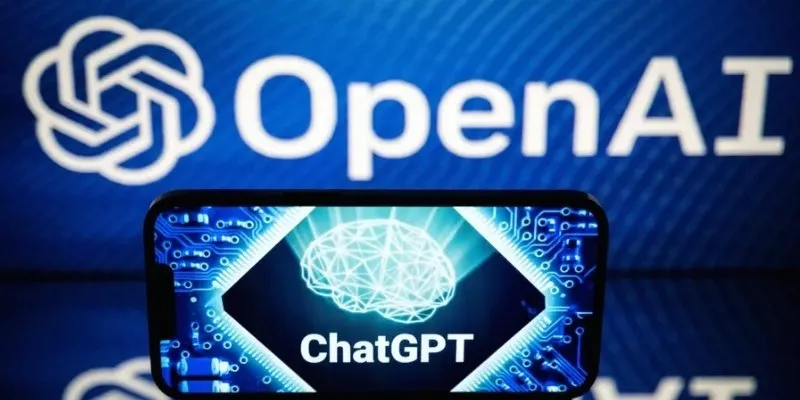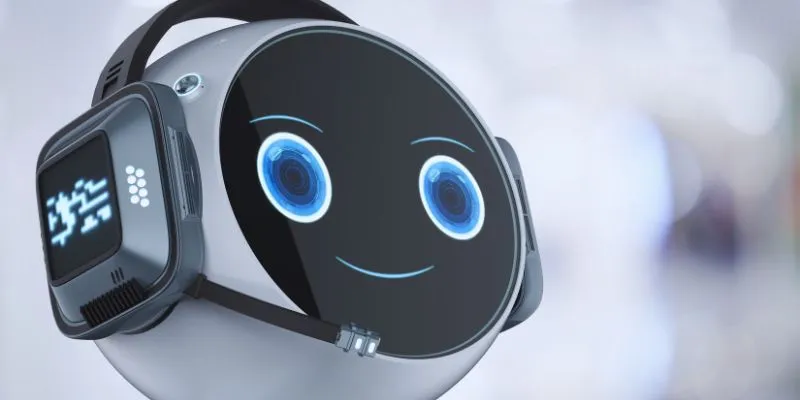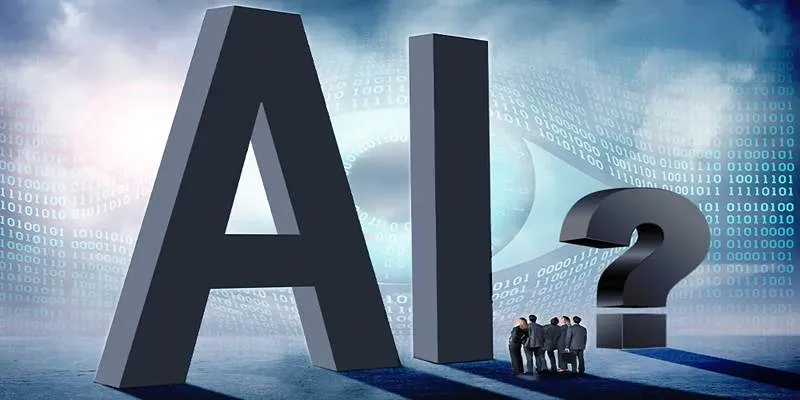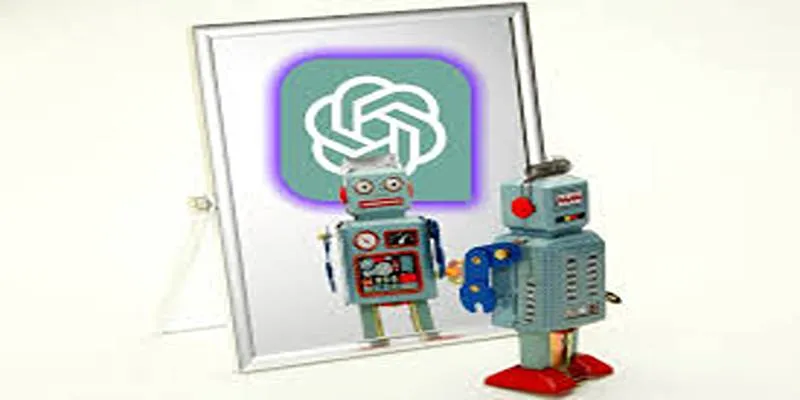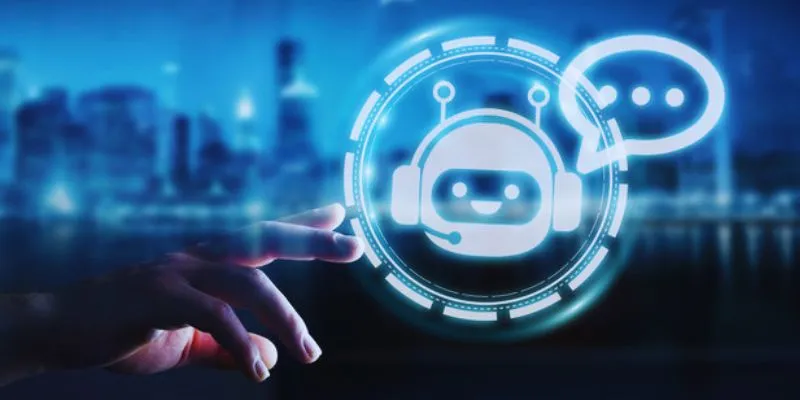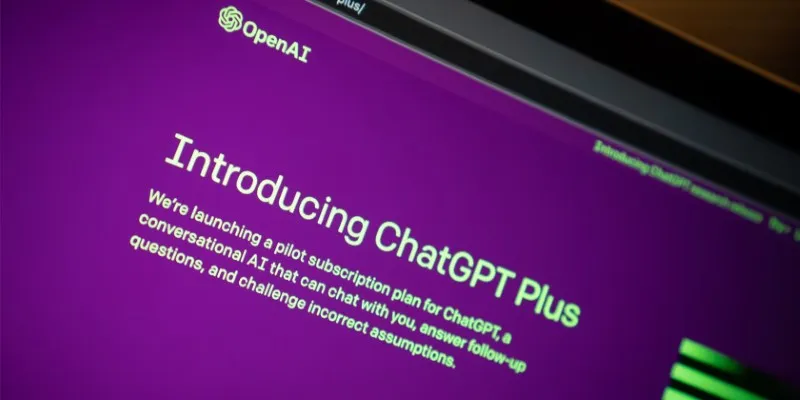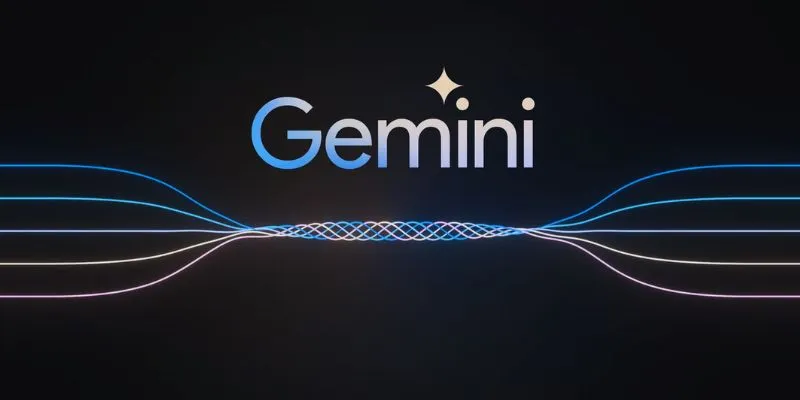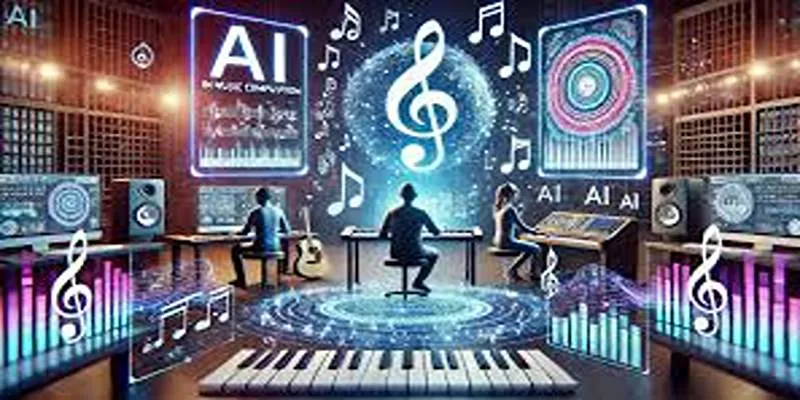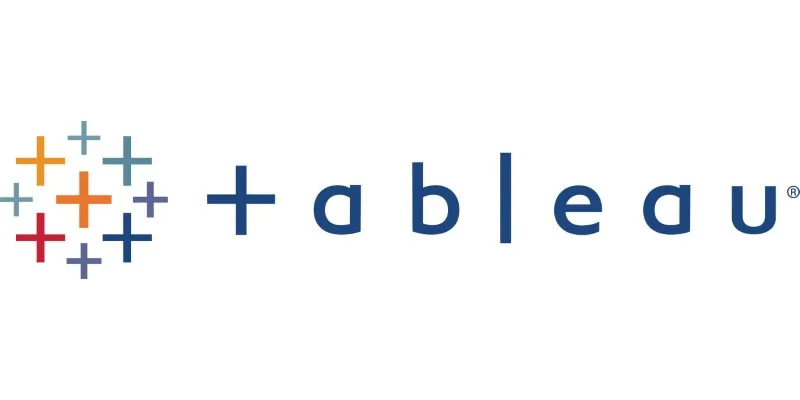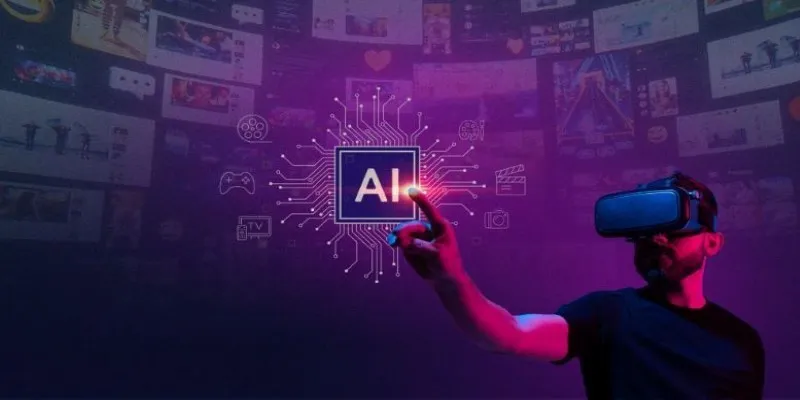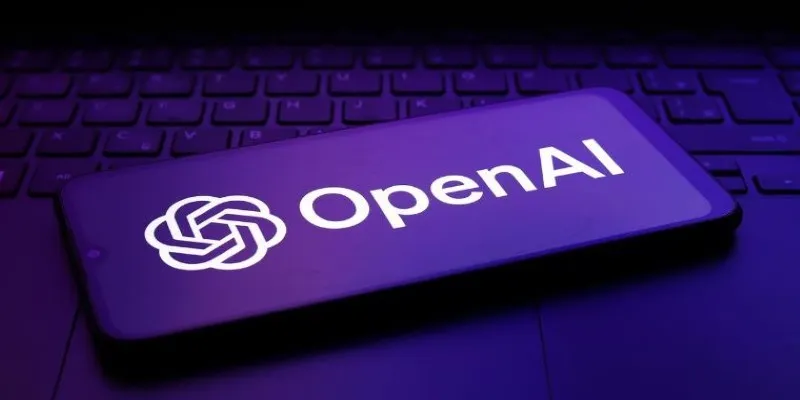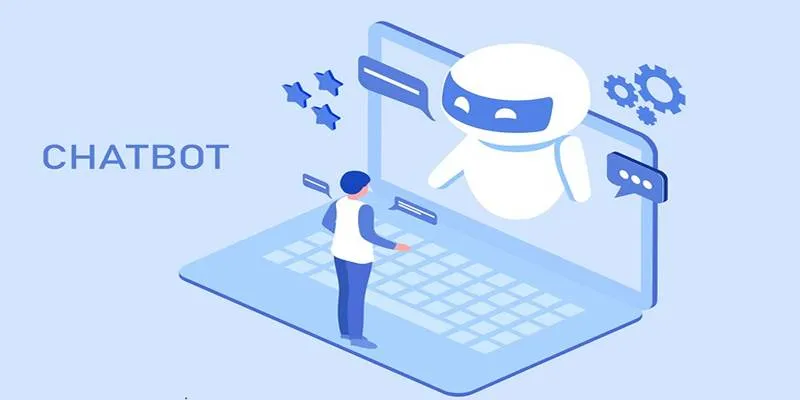AI tools that generate code with just a few prompts are causing significant excitement in the tech world, with ChatGPT at the forefront of this trend. From crafting scripts to providing quick bug fixes, it seems like coding has become much simpler. However, it’s important to remember that ChatGPT is not a developer—it’s a sophisticated pattern-matching engine. It lacks the ability to reason, innovate, or fully understand context as humans do.
Because of this, there are still coding tasks it cannot handle. In this article, we’ll explore 7 coding tasks that ChatGPT cannot perform, highlighting its limitations and why developers are far from being replaced.
7 Coding Tasks ChatGPT Cannot Perform
While AI coding tools are impressive, they have their boundaries. These 7 tasks demonstrate where ChatGPT reaches its limits and why human developers are indispensable.
Task 1: Complex Debugging in Live Environments
ChatGPT can assist with basic syntax and known bugs, but it falters when faced with complex debugging in production environments. Real bugs often arise from nuanced configurations, unexpected concurrency behavior, or environment- specific variables tied to runtime behavior that ChatGPT cannot observe or replicate. It lacks access to system logs or the exact sequence of operations that led to a failure.
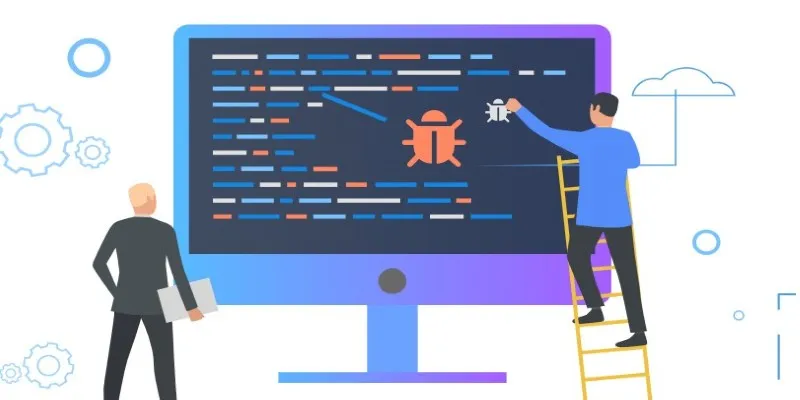
In large, distributed systems, debugging goes beyond spotting an error line; it involves understanding layers of context. ChatGPT cannot connect these dots. It may attempt to guess what’s happening, but without the ability to analyze real-time behavior, it’s unsuitable for mission-critical debugging in live systems.
Task 2: Writing Secure Code in Critical Systems
Security is not just about writing correct code—it’s about anticipating threats and building resilience. Systems in finance, healthcare, or identity management require airtight security measures that go beyond syntax. ChatGPT can replicate common best practices but lacks a hacker’s mindset. It cannot perform threat modeling, assess third-party dependencies, or understand evolving regulatory contexts.
Even small errors in OAuth implementations or input sanitization can expose systems to exploits. In high-stakes environments, guessing isn’t sufficient. Developers need foresight, experience, and deep risk awareness—qualities ChatGPT does not possess. It operates like a student copying answers, not like an engineer safeguarding real-world systems.
Task 3: Handling Real-Time, Hardware-Level Programming
ChatGPT struggles with low-level code that interacts directly with hardware. Writing firmware, managing memory registers, or implementing real-time control systems for robots, drones, or medical devices requires precise coordination. These tasks depend on hardware constraints, strict timing, and deep integration with electronic signals. While ChatGPT might produce a code template, it cannot test how pulse-width modulation behaves on a specific microcontroller or handle interrupts with guaranteed timing. It lacks a feedback loop with physical components.
In embedded and real-time systems, milliseconds matter. Developers make decisions based on testing, feedback, and detailed knowledge of electronics—none of which ChatGPT can simulate or comprehend.
Task 4: Managing Cross-Team Architecture Decisions
Architectural planning is a human process driven by collaboration, negotiation, and trade-offs—not just clean diagrams. While ChatGPT can describe microservice setups or recommend patterns, it doesn’t understand internal team dynamics, business pressures, or organizational goals. Real- world architecture requires balancing technical constraints with developer skill sets, deployment cycles, and future scalability—all while keeping stakeholders aligned.
ChatGPT cannot attend meetings, prioritize based on human needs, or assess company culture. System architecture is not just about technology—it’s about communication. And communication is full of nuance, conflict, and compromise. These are areas ChatGPT cannot navigate, making it unsuitable for leading or advising on architectural decisions across teams.
Task 5: Understanding Domain-Specific Business Logic
Business logic is the core of how a company functions, and it’s often messy, unique, and full of unwritten rules. ChatGPT can write general code but struggles with domain-specific rules. Logistics apps, legal tech platforms, or financial systems each have internal models shaped by regulations, business practices, and changing conditions.
ChatGPT doesn’t comprehend these layers. Even with detailed prompts, it can misinterpret goals or oversimplify logic that must remain nuanced. This can result in code that is technically correct but functionally inadequate. You can’t ask ChatGPT to “understand your business.” It doesn’t see the bigger picture—only isolated inputs.
Task 6: Navigating Incomplete, Messy Codebases
Real codebases are rarely clean. They’re full of legacy quirks, tangled dependencies, inconsistent formatting, and logic no one dares to refactor. Developers spend more time reading old code than writing new code, and making sense of that chaos is a skill. ChatGPT can offer suggestions based on isolated snippets, but it can’t grasp the entire codebase. It doesn’t track evolving architecture, user intent, or developer habits over time.

It cannot decode undocumented patterns or piece together logic spread across modules. Where humans build mental models from years of context, ChatGPT simply autocompletes patterns—it doesn’t “understand” the system it’s working on.
Task 7: Innovating or Inventing New Algorithms
Creativity in programming isn’t about remixing—it’s about inventing. Great algorithms arise from deep understanding, experimentation, and insight, not just repeating patterns. ChatGPT can describe bubble sort or tweak known solutions, but it won’t create a groundbreaking approach to an unsolved problem.
It doesn’t test edge cases, evaluate runtime behavior in unique environments, or design from first principles. It operates within the limits of its training data. Innovation occurs when a developer identifies a gap and fills it with something new—like PageRank or attention mechanisms. ChatGPT doesn’t take risks. It doesn’t push boundaries. It predicts what’s likely, not what’s visionary or novel.
Conclusion
Despite its strengths, ChatGPT is not designed to replace the depth, nuance, and adaptability of human developers. From secure systems to hardware-level control, it struggles with tasks demanding real-world context, critical thinking, or innovation. These 7 coding tasks ChatGPT cannot perform highlight its current limitations and remind us that AI is a tool, not a solution for everything. Understanding where ChatGPT’s capabilities end helps developers use it wisely—enhancing productivity without losing sight of the human insight that remains essential in modern software development.
 zfn9
zfn9
